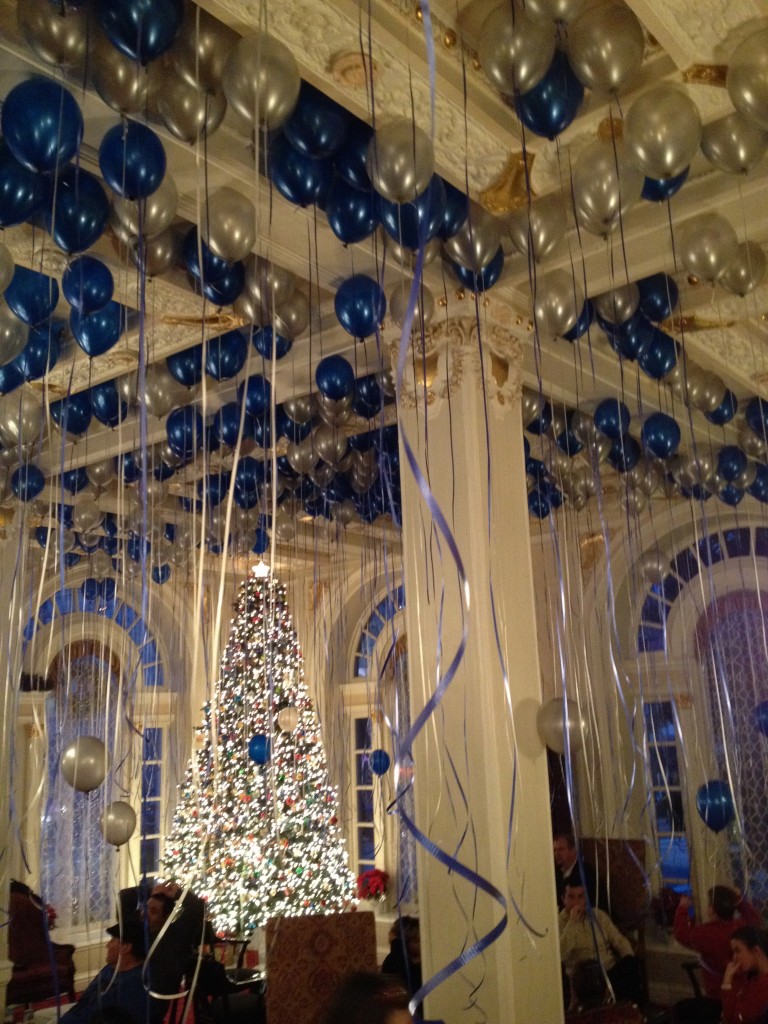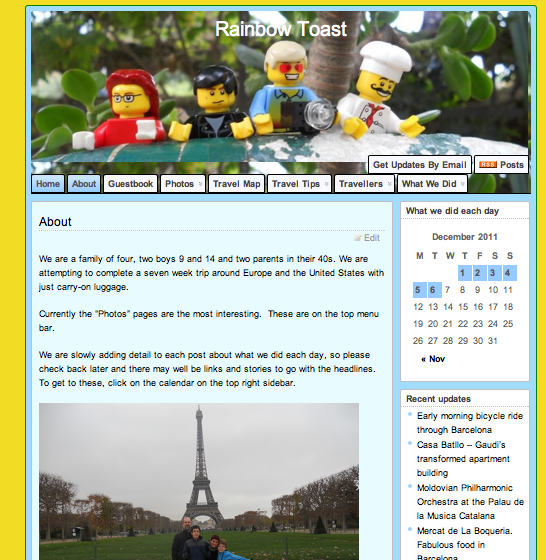Today is my fifth day in London.
We arrived 6:20am on Sunday and by 11am were on a four hour bike tour of London. It is not surprising that both kids fell asleep that night at the Royal Albert Hall where we watched the Classical Spectacular. They slept through the Royal Philharmonic Orchestra, a marching regiment, indoor fireworks, balloons falling from the ceiling, cannons firing to the 1812 Overture, CanCan dancers in the aisle and stirring applause after each number.
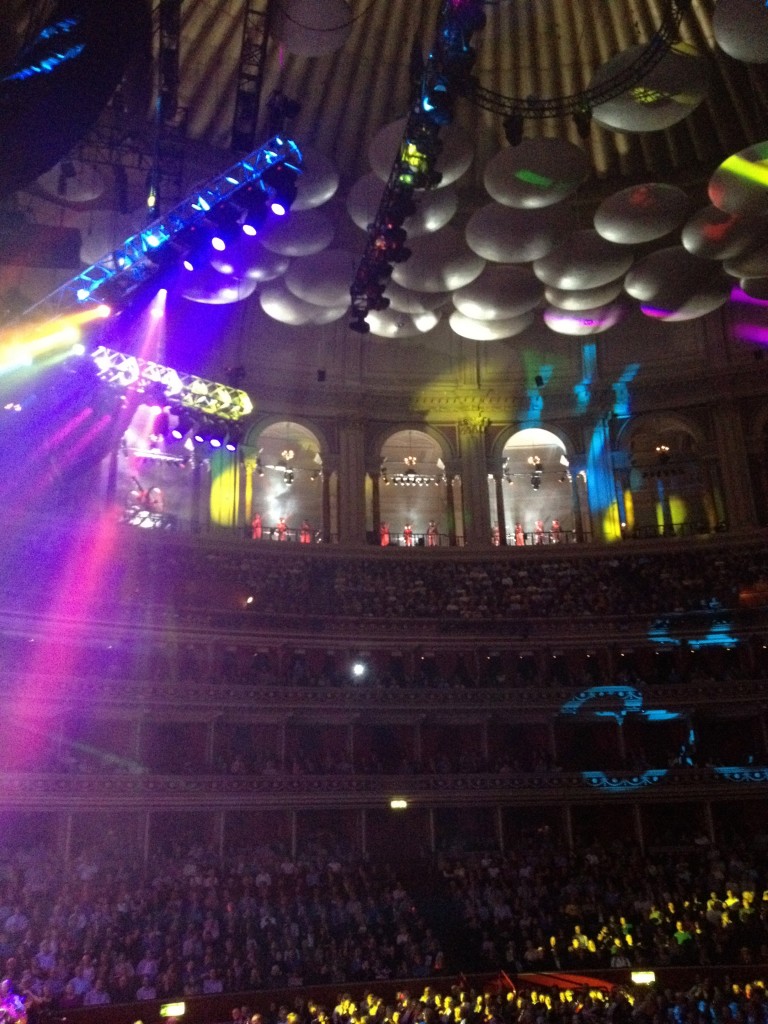
The four of us are travelling using carry-on luggage only. We will see whether we succeed with seven weeks’ travel. We are setting up a blog to talk about our travels, post minifig photos and reveal Mr13’s daily “top ten” lists. We’ll be commenting on those daily oddities – like buying seven bananas at Marks and Spencer’s for just 50p – which would cost around $5 back home. When the site is ready, I will post a link here.
What have I seen so far that is librarianly?
1. Good use of QR codes in Imperial College London library.
You have probably heard me get really cross about trendy and pointless uses of QR codes in libraries (like QR codes in email signatures … if someone can explain to me WHY that would ever be useful instead of just posting a link then I would be grateful).
QR codes work well when they link physical objects to something online that increases the utility of the object (either by further information, or something interactive). When my Australian librarian friend Jenny Evans gave me a tour of the library I saw this very sensible use outside their bookable computer labs:
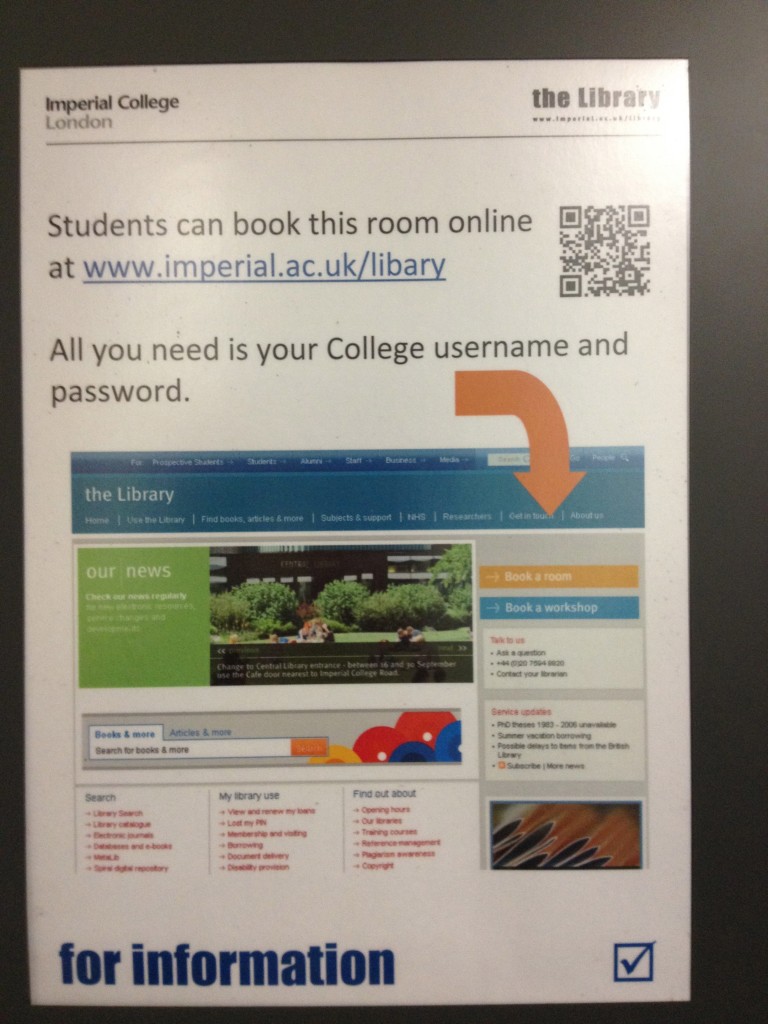
2. Records in the dragon in the tower
It is apparently traditional to build large sculptures from weapons won in battle – like this giant dragon in the Tower of London built by the Royal Armouries. It contains over 2672 items, including 26 telescopes, two cannons and 15 pollaxes.

If you look closer, however, you will see that it is also celebrating the ten different institutions that have been part of the Tower. This includes the – more peaceable? – Records Office.
The dragon’s limbs are made of scrolls from the Records Office:

3. Art library at the Victoria and Albert Museum
Apparently much of the stock is off-site, but if I ever need an image of the “traditional” research library, then the National Art Library at the Victoria and Albert Museum would be a great candidate.
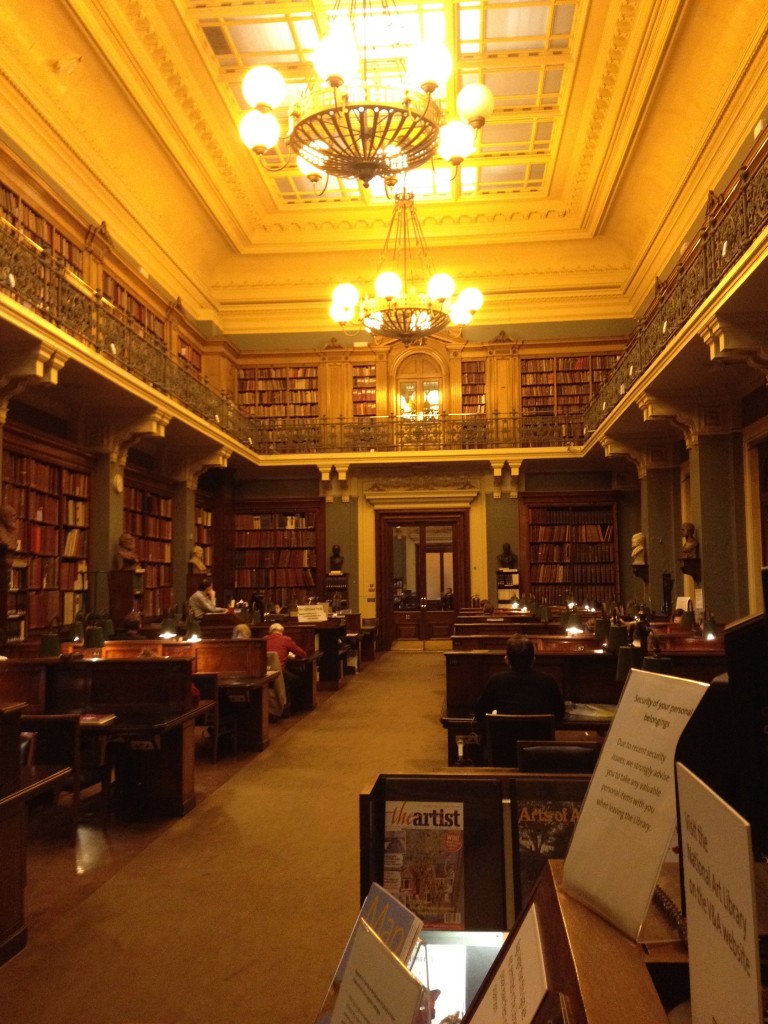
4. A literacy campaign ( that forgot libraries ?)
As we ride the tube, we see these posters telling us that “Nicky Helps Kids Read”.
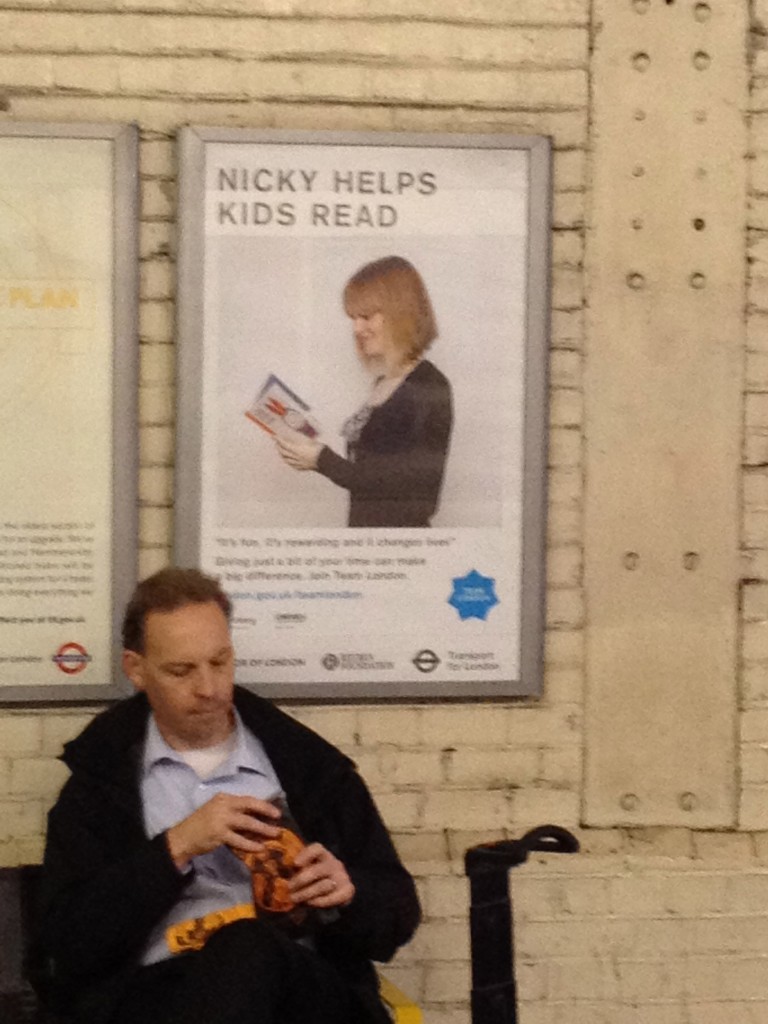
At first I thought it was an advert promoting the government’s “Big Society” initiatives, where cost saving measures are replacing professional staff with volunteers, as has been done in Oxfordshire. In June 20 out of 43 libraries in the constituency were set to close, however it was also planned for six libraries to have all professional staff replaced by volunteers.
Apparently, though, it is promoting a literacy campaign that is being led by one of the local tabloid newspapers, called Get London Reading . Hundreds of volunteers are going in to schools to do one-on-one reading programmes with kids with low literacy levels. Apparently – and this is an outsiders’ view so I would love to be wrong – this is not involving local and school libraries as part of the program. In fact, the British Library has been running a similar programme with staff volunteers for the last eight years. Seems like an opportunity missed by underfunded libraries and the programme organisers – although there have been people pointing out the hypocrisy of government ministers supporting the Get London Reading campaign, while making it harder for kids to read by closing local libraries.


